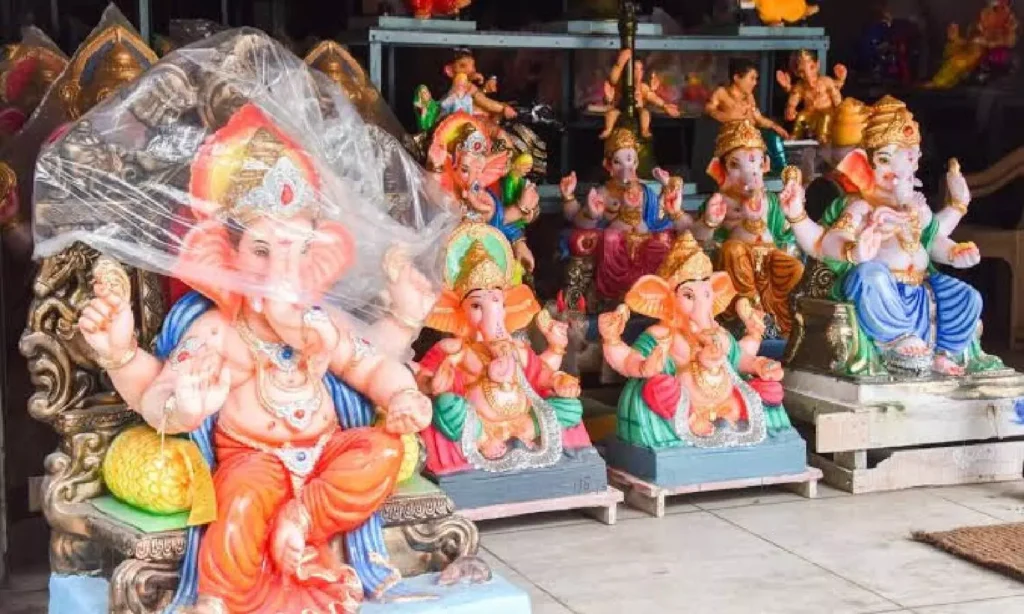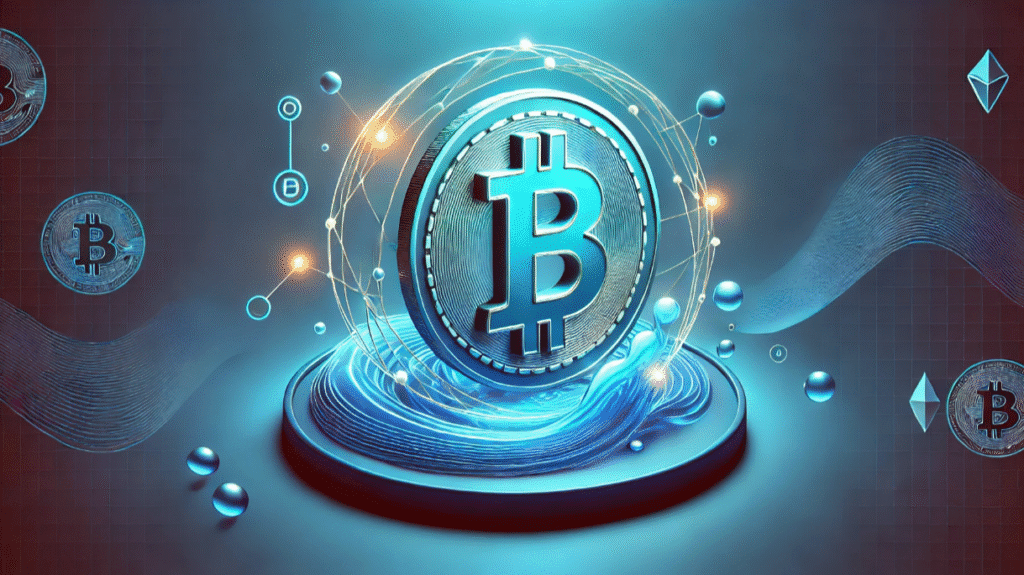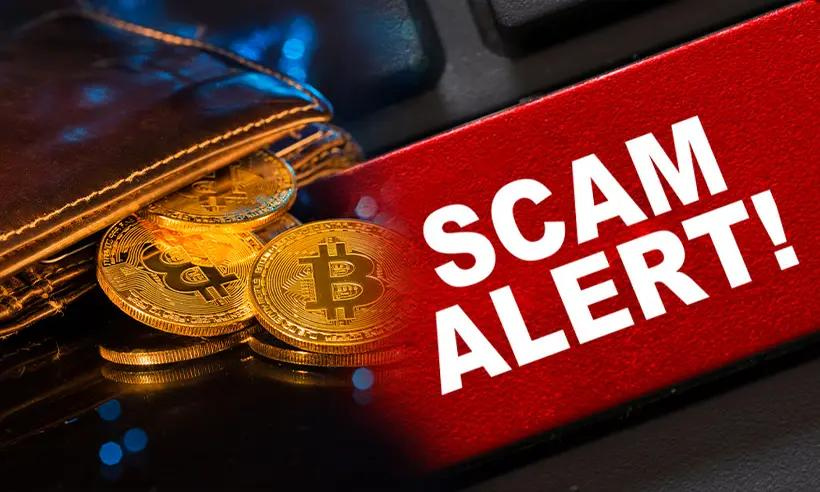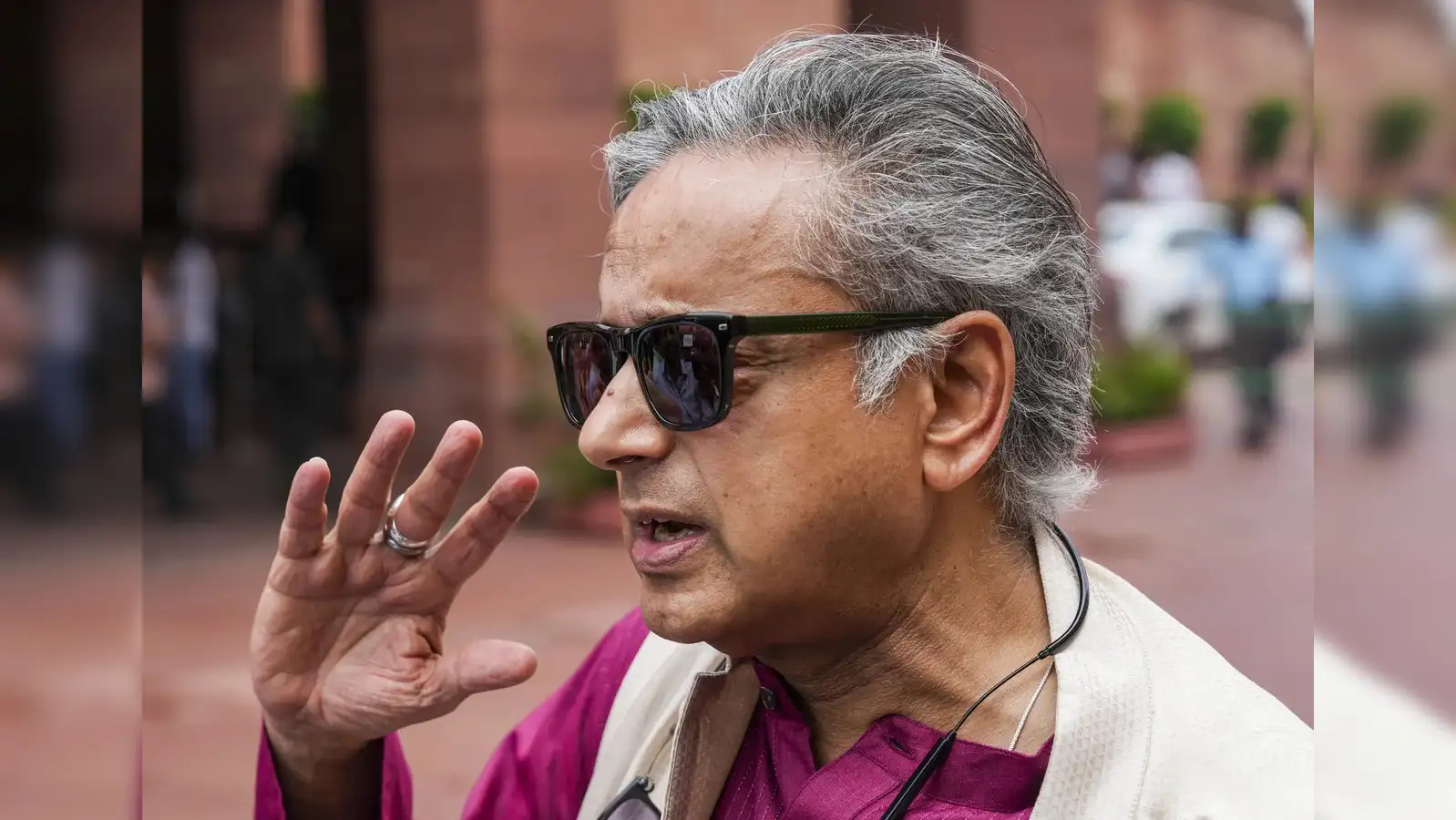Now Reading: What’s Next for India’s Digital Rupee? A Look at Its Future Role
-
01
What’s Next for India’s Digital Rupee? A Look at Its Future Role
What’s Next for India’s Digital Rupee? A Look at Its Future Role
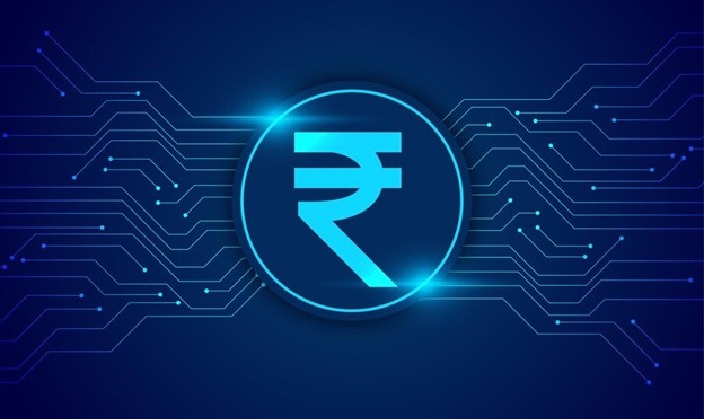
India’s official digital currency—the e₹ or Digital Rupee—is no longer just an experiment. Pilots are already live across banks, and more people are slowly starting to use it. But the big question is: how will it actually fit into everyday life? Especially in Tier 2 cities where UPI is already ruling payments, does the Digital Rupee bring anything new?
Let’s break down what this currency is, where it’s going, and what it might change.
So, What Exactly Is the Digital Rupee?
The Digital Rupee is not a cryptocurrency. It’s a central bank digital currency (CBDC), fully controlled by the Reserve Bank of India. Think of it as digital cash—not linked to any private company or platform. It’s meant to work exactly like the paper ₹, just in electronic form.
Right now, some banks are already letting people test it for basic transactions, both person-to-person and for shopping.
How Is It Different from UPI or Wallets?
This is where most people get confused. UPI is just a payment method—it moves your money from your bank to someone else’s bank. But the Digital Rupee is the money itself. It doesn’t need a middleman like a bank once issued.
For Tier 2 users, this could mean faster offline payments, no dependence on internet banking, and direct wallet-to-wallet transfers that feel more like handing over a ₹500 note in person.
Why Is the Government Pushing It?
The big goal is reducing the cost of cash handling, improving transparency, and giving India a digital alternative to cash that’s secure and trackable. It could also help in cross-border payments in the future and reduce dependence on global financial networks.
Plus, with countries like China already testing their digital currencies at scale, India doesn’t want to lag behind.
Concerns People Are Talking About
There are questions around privacy—can the government track every digital rupee you spend? Technically yes, but the RBI says it’s trying to strike a balance.
Another concern is adoption. In places like Nagpur, Indore, or Jaipur, where UPI already works great, people may not see why they need to switch.
Also, will businesses start accepting it widely? And what about those without smartphones or tech access?
What This Could Mean for the Future
The Digital Rupee isn’t here to replace UPI or cash overnight. It’s more likely to live alongside them, especially in high-value transactions, government subsidies, or interbank settlements.
But over time, if it becomes smooth, private, and reliable, it could shift the way Indians think about holding and spending money.
For now, it’s worth watching—not just because it’s “digital,” but because it could reshape India’s relationship with money itself.



